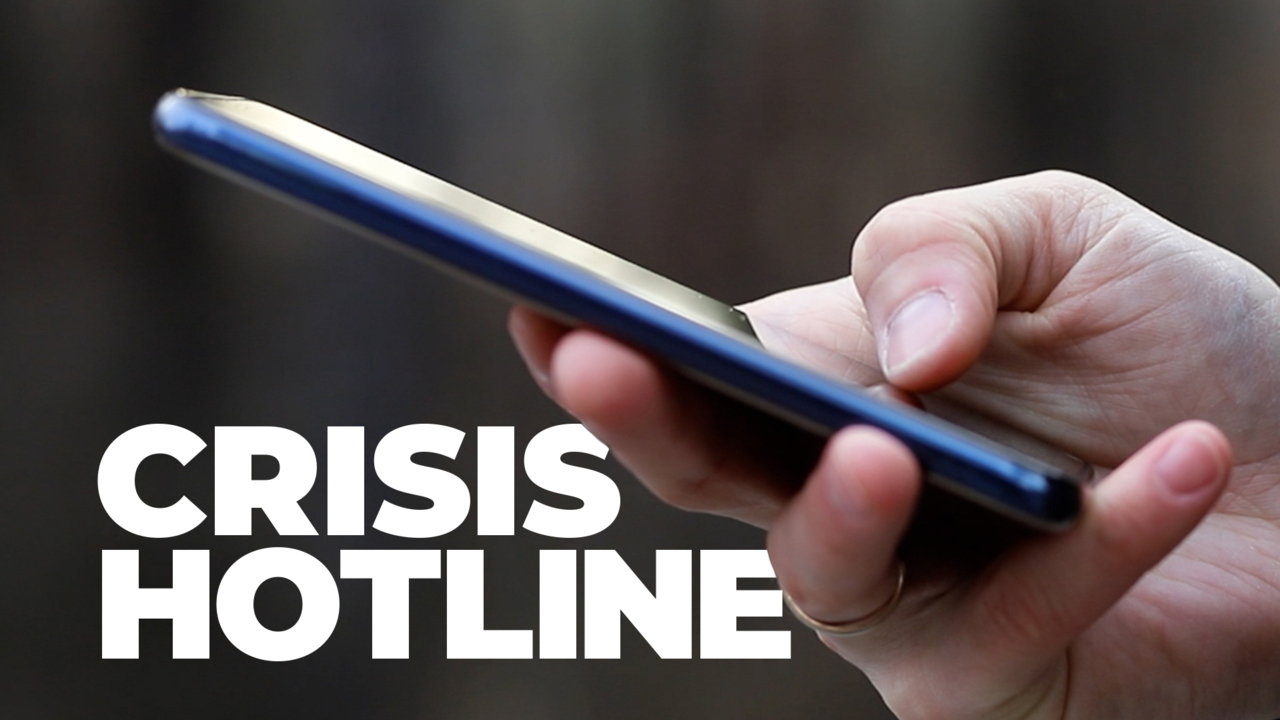
9-8-8. It’s short and easy to remember just like 9-1-1.
But instead of general emergencies, 9-8-8 is for suicide and crisis intervention. It will be available to everyone in the country to call or text starting July 16.
Trained professionals will provide help from more than 200 local crisis centers around the country.
Xavier Becerra – Health And Human Services Secretary says: “Our goal is to weave together all these states that have disparate programs.// Problem is it’s 50 separate parts. We don’t own it, but we’re trying to bring it together like the glue.
In 2021, more than 2.5 million people called the ten digit 1-800 number 9-8-8 is replacing. That’s the highest number since the hotline began in 2005.
But success over the long term will be dependent on cooperation between states and the federal government. HHS is pouring more than 280 million dollars this year into the transition to 9-8-8. That includes money for network operations, telephone infrastructure and staffing at local crisis call centers. But a survey by rand corporation of local health officials found only 16 percent said their agency budgeted for the transition and long term funding of 988. In addition, the bill creating 9-8-8 allows states to add a fee to cell phone bills for funding, but so far only four states have done that. Straight from DC, I’m Ray Bogan.










